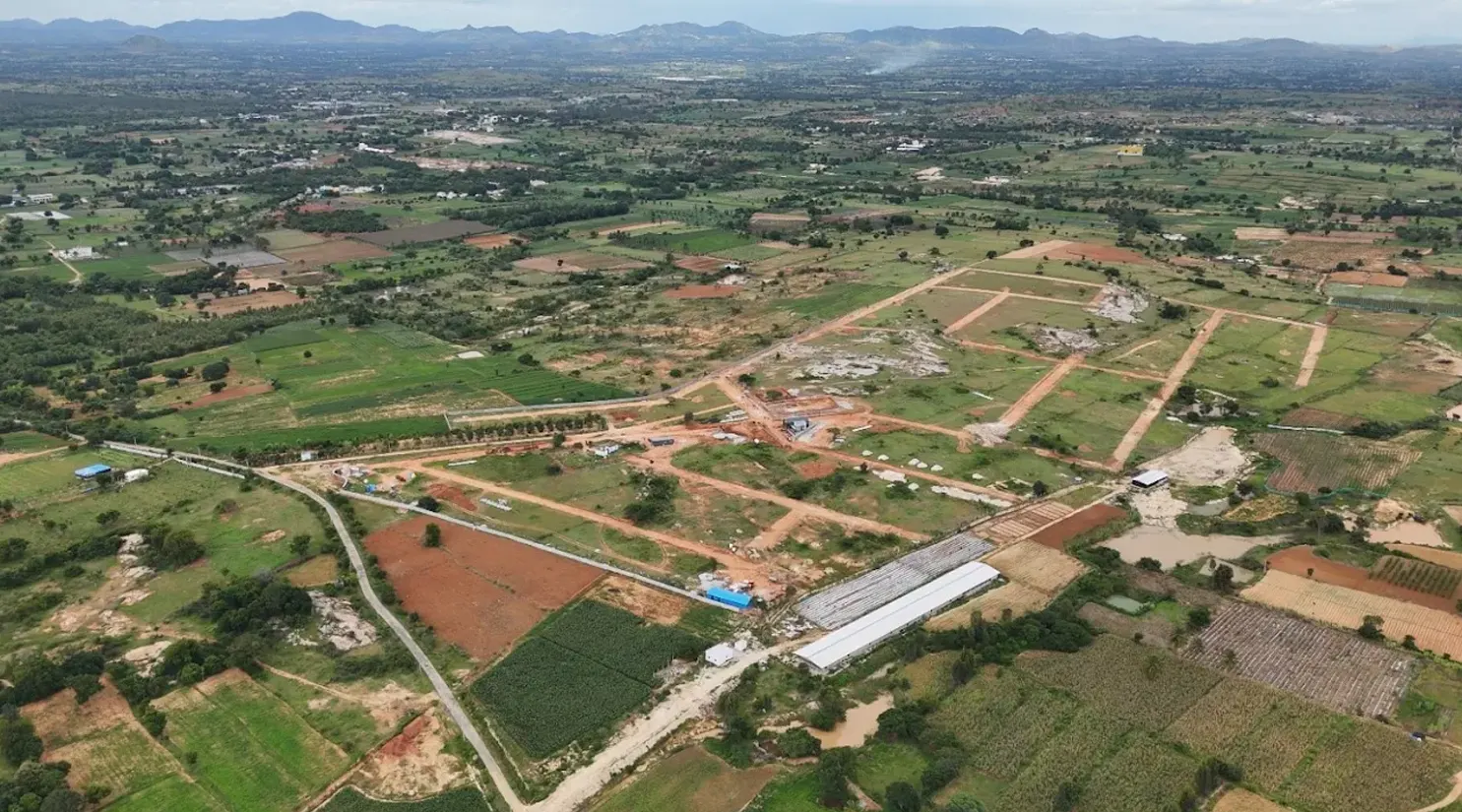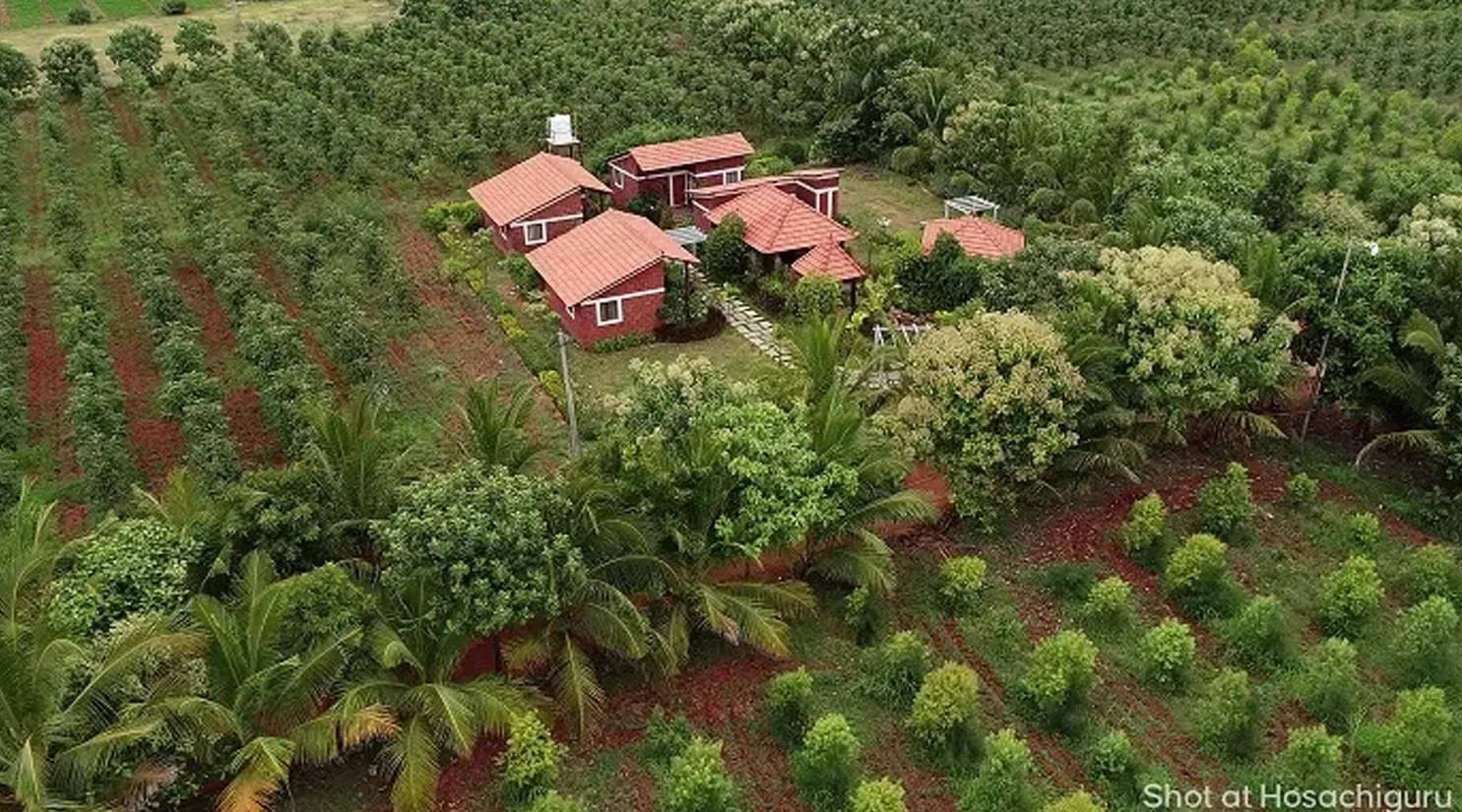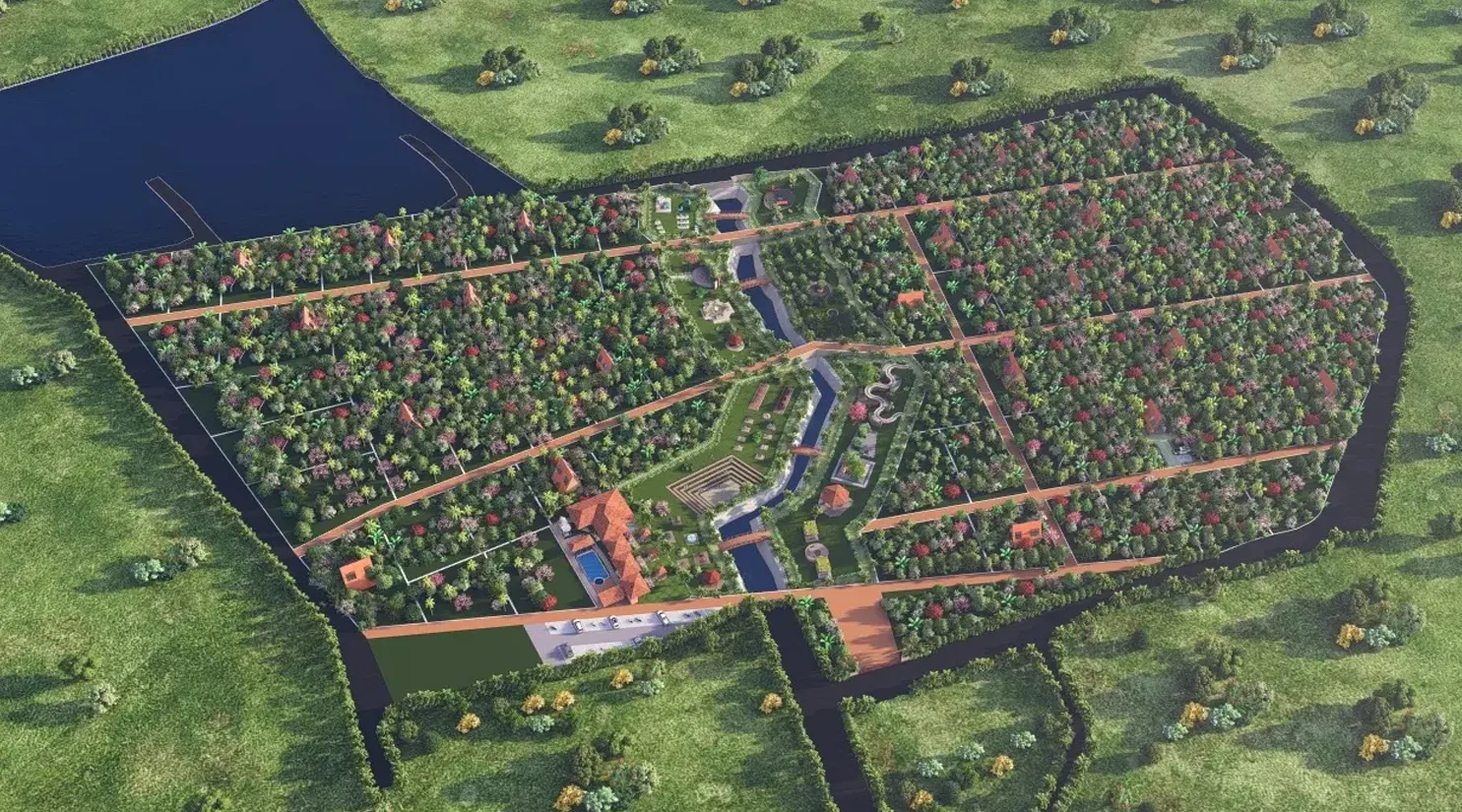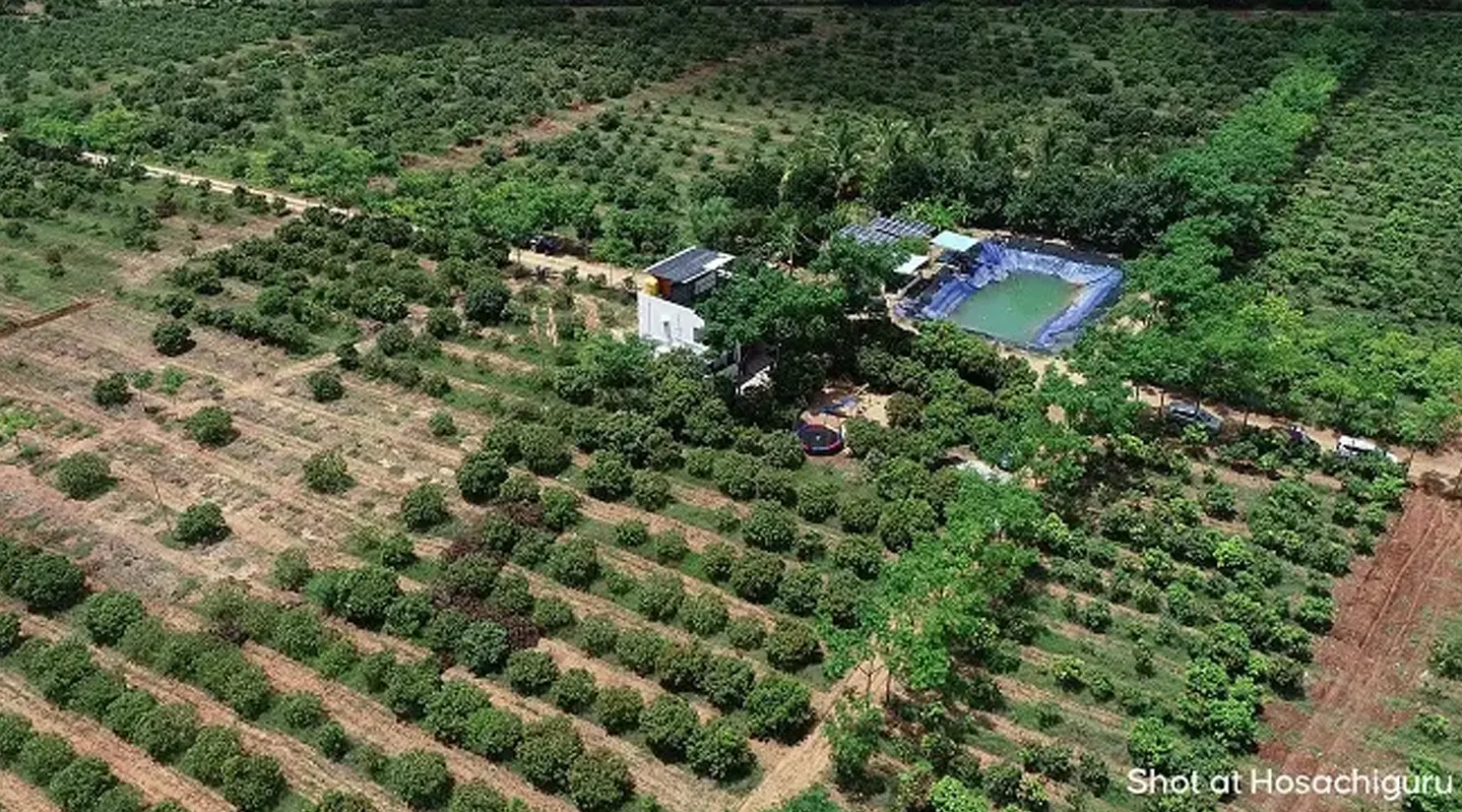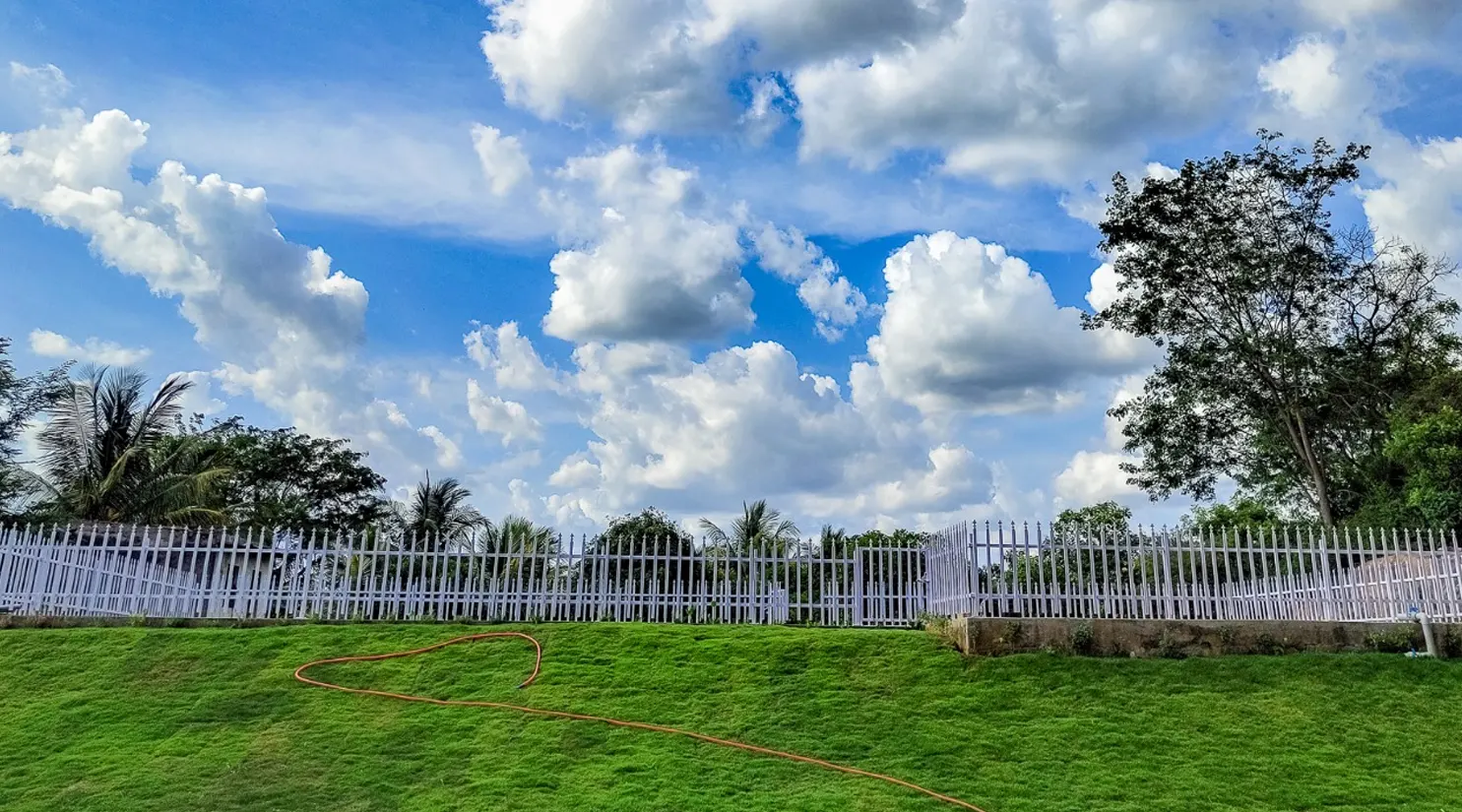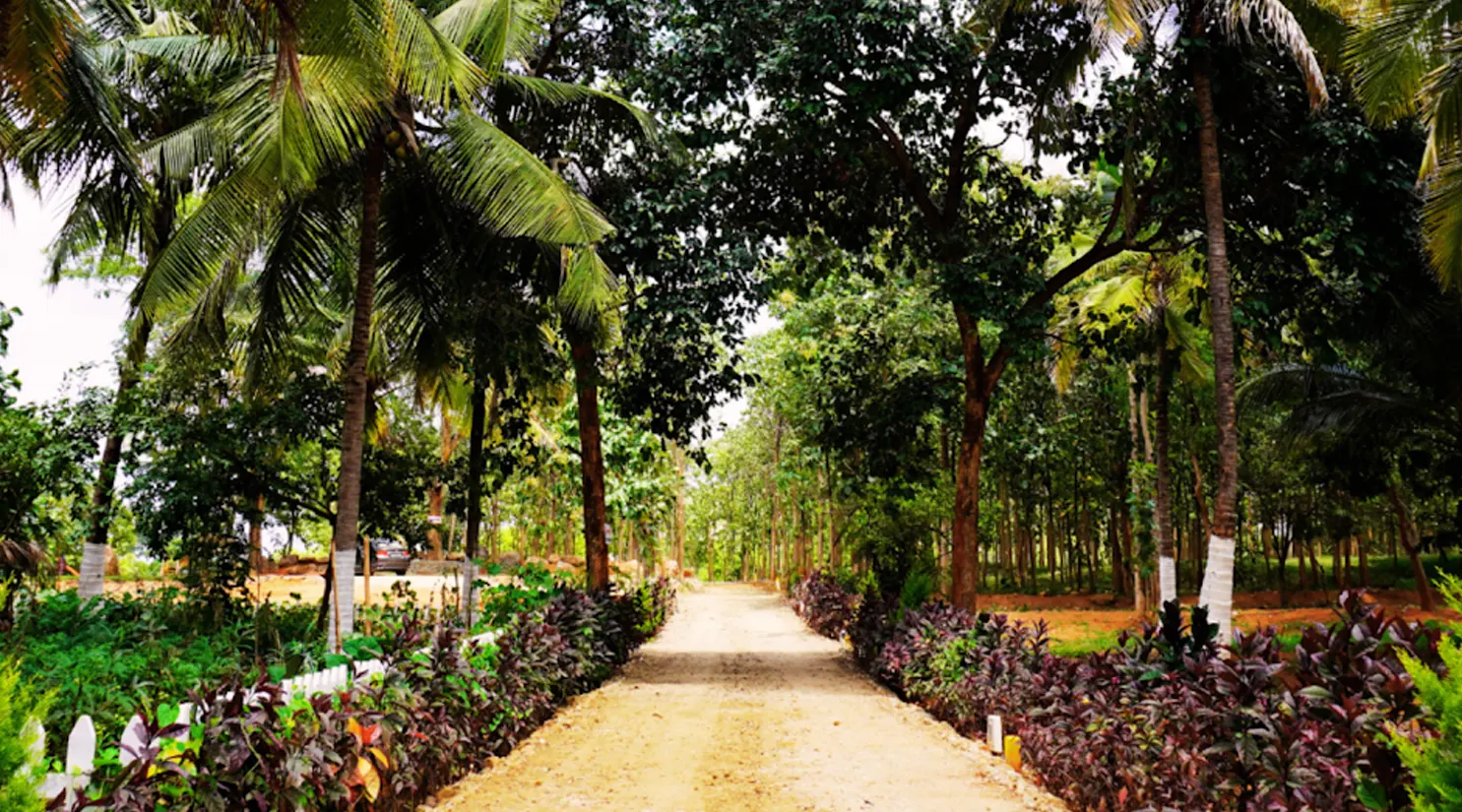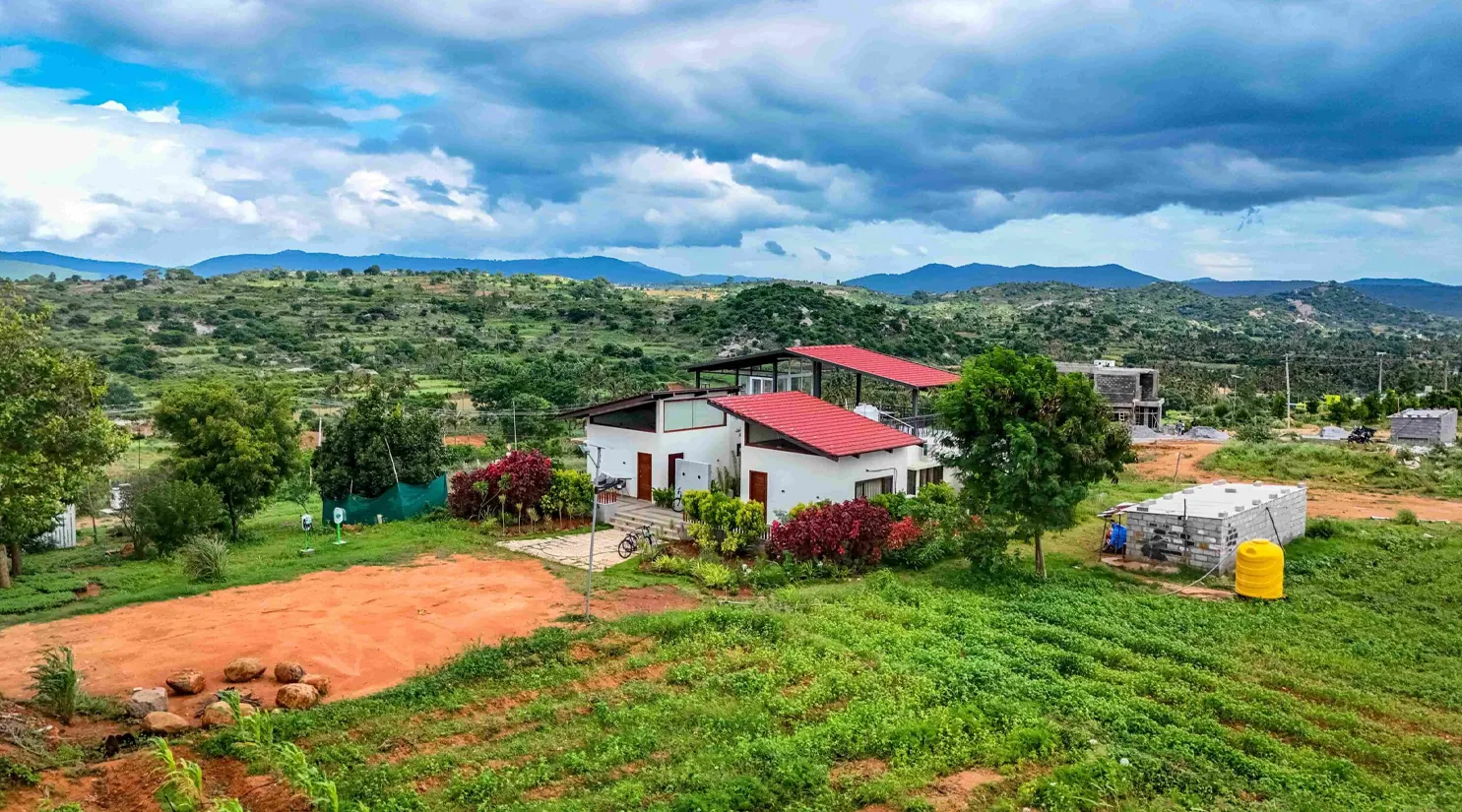Agricultural Land vs Residential Land: Which Is a Smarter Investment in India?
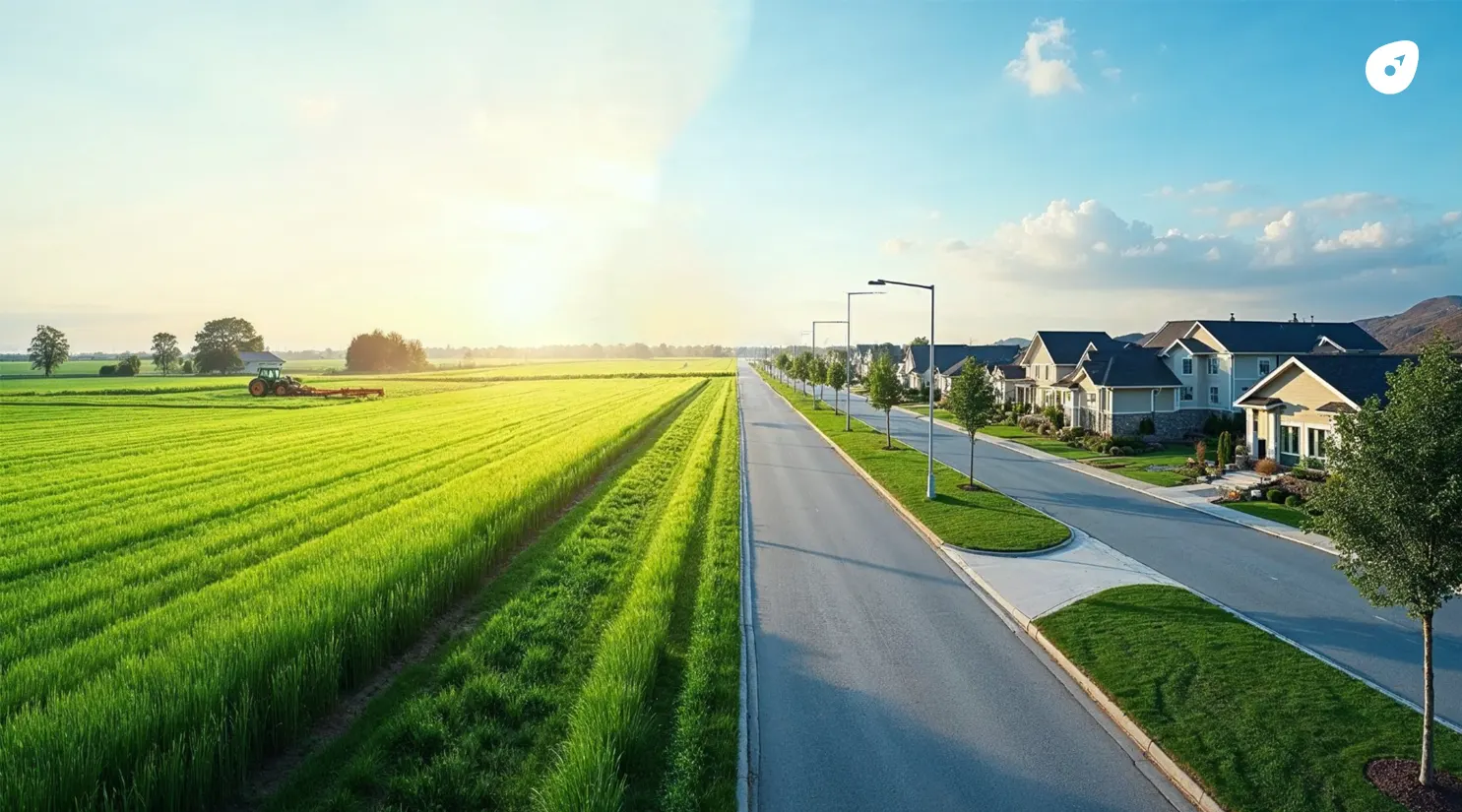
Investing in land has long been seen as one of the safest and most rewarding choices in India, especially in a time when other investment vehicles may carry more risk. As India continues to urbanize and develop, the debate over whether to invest in agricultural land or residential land becomes increasingly relevant. Both options offer significant potential, but also come with distinct risks, benefits, and legal implications. In this comprehensive guide, we’ll help you explore the advantages, disadvantages, financial considerations, and suitability of both land types to make a well-informed decision.
Understanding the Basics
What is Residential Land?
Definition and Purpose
Residential land refers to a parcel of land that has been approved for the development of housing. This includes everything from standalone homes to apartment complexes and townships. The zoning and usage of such land are strictly regulated by urban local bodies and development authorities.
Common Use Cases
- Constructing single-family homes or duplexes
- Building multi-storey apartment buildings
- Developing gated communities or townships
- Investing for long-term resale value
- Renting out residential units for passive income
Residential plots are typically located in cities, townships, and planned suburban areas. They enjoy access to key urban infrastructure such as roads, electricity, water supply, and sewage systems.
What is Agricultural Land?
Definition and Purpose
Agricultural land is intended primarily for farming, cultivation of crops, and related activities like dairy farming, aquaculture, or agroforestry. It is usually located in rural and semi-rural regions and is governed by distinct zoning regulations that restrict its use for non-agricultural purposes.
Common Use Cases
- Traditional farming (grains, vegetables, fruits)
- Organic and sustainable agriculture
- Timber and plantation crops
- Animal husbandry and dairy farming
- Weekend farming, eco-tourism, and retreats
Many investors are now exploring managed agricultural land projects that combine traditional farming benefits with modern amenities and professional upkeep.
Key Differences Between Agricultural and Residential Land
Legal Status and Zoning
| Factor | Residential Land | Agricultural Land |
| Purpose | Housing and urban development | Farming and allied activities |
| Zoning Laws | Urban planning and municipal zones | Rural zoning; restrictions apply |
| Purchase Restrictions | Minimal | State-specific; often for farmers only |
| Financing Availability | High; home loans readily available | Limited; agricultural loans possible |
Location and Accessibility
| Feature | Residential Land | Agricultural Land |
| Typical Location | Urban, semi-urban, suburban | Rural or outskirts of cities |
| Road Connectivity | Well-connected with highways & metros | May need development |
| Utilities (Water/Power) | Readily available | May need investment |
Cost and Investment
| Category | Residential Land | Agricultural Land |
| Initial Cost | High | Low |
| Annual Maintenance | Moderate to High | Low |
| Taxes | Property tax applicable | Often exempt (farming) |
In terms of entry costs, agricultural plots tend to be far more affordable, especially for investors looking to buy larger parcels of land. However, residential plots provide quicker returns and a more structured investment pathway.
Pros and Cons of Investing in Residential Land
Advantages
High Demand and Urbanization
Urban centers are growing rapidly in India, and the demand for housing is consistently high. As cities expand, the value of residential land in peripheral areas continues to increase.
Financier-Friendly
It is generally easier to get a home loan or a plot loan when purchasing residential land. Most banks and NBFCs offer attractive terms for these loans.
Infrastructure Benefits
Most residential lands come with access to good infrastructure like roads, power supply, internet, and sanitation facilities, which make development easier and cost-effective.
Passive Income Opportunity
You can build rental properties or co-living spaces, providing a regular monthly income alongside asset appreciation.
Disadvantages
Expensive to Begin With
In metropolitan and Tier 1 cities, residential plots can be prohibitively expensive, limiting access for smaller investors.
Regulatory Roadblocks
Construction projects often require multiple approvals, clearances, and compliance with local building laws, which can delay development.
Slower Resale Process
While land appreciates, liquidity might not be instant. Reselling depends on market conditions and buyer interest in the locality.
Pros and Cons of Investing in Agricultural Land
Advantages
Lower Entry Cost
Agricultural plots, particularly in emerging locations, are significantly more budget-friendly. This allows investors to enter the market with a smaller capital outlay.
Tax Benefits
Earnings derived from agricultural activities are exempt from income tax, making it an attractive option for those looking to reduce their tax liability.
High ROI in Managed Farmland
Managed farmland projects are becoming popular for those who want farming benefits without daily involvement. They offer potential yields from crops or plantations and often include buyback guarantees.
Sustainability Appeal
Modern investors are increasingly drawn to sustainable living. Owning an organic farm or a fruit orchard aligns with this trend and enhances the value proposition.
Disadvantages
Legal Restrictions
State-specific laws can prevent non-farmers from buying agricultural land. Buyers must do thorough due diligence before proceeding.
Conversion Complexities
If you plan to use the land for non-farming purposes, you’ll need to undergo a formal conversion process, which can be time-consuming and bureaucratic.
Infrastructure Challenges
Many agricultural plots lack basic amenities like paved roads or water supply, requiring upfront investment before usage.
ROI Comparison: Residential vs Agricultural
| Investment Metric | Residential Land | Agricultural Land |
| Capital Appreciation | Steady in urban zones | High potential in developing areas |
| Rental Income | Yes (through housing) | Limited (unless used for agri-tourism) |
| Management Requirement | Medium | High or via managed services |
| Tax Benefits | Few | Many (farming income tax-free) |
| Liquidity | Moderate to high | Varies (location-dependent) |
Overall, residential land offers a more predictable ROI, while agricultural land provides a higher return potential, especially when developed or managed properly.
Legal Considerations and Buyer Eligibility
Can Anyone Buy Agricultural Land in India?
This is governed by state-specific laws. Some states like Karnataka and Maharashtra restrict agricultural land purchases to registered farmers only. Others, like Telangana or Tamil Nadu, have fewer restrictions, allowing wider investor access.
Conversion from Agricultural to Residential
What is Land Conversion?
It is the official process of obtaining government approval to change the land classification from agricultural to residential or commercial use.
Timeframe
Depending on the state and the location of the land, the process can take anywhere from 6 months to over a year.
Cost and Documentation
The cost varies but usually includes a conversion fee, legal documentation, NOCs from various departments, and penalties if there has been any prior unauthorized usage.
Trends in Agricultural Land Investment
Managed Farmland Projects
Platforms like FarmToPlot now make it easier to own a portion of a larger farmland estate. These lands are professionally managed, legally compliant, and offer services like plantation maintenance, harvest planning, and irrigation setup.
Rise in Agri-Tourism and Weekend Retreats
People are increasingly looking for nature-based getaways near cities. Farmlands near Bangalore, Hyderabad, and Coimbatore are seeing demand from professionals who want a second home amidst nature.
Growing Demand for Organic Farming
With rising awareness of organic food, investors are turning to agricultural lands to develop pesticide-free farms and even set up direct-to-consumer supply chains.
Who Should Invest in What?
You Should Consider Residential Land If:
- You are looking for long-term, stable appreciation
- You want to build a home or generate rental income
- You prefer a low-risk investment with clear usage guidelines
You Should Consider Agricultural Land If:
- You are a first-time investor with limited capital
- You have access to legal support for land purchase and compliance
- You’re interested in green living, eco-retreats, or organic farming
- You want tax benefits and diversification
FAQs
-
Can I convert agricultural land to residential?
Yes, but only after receiving legal approval from the local land authority and completing the official conversion process.
-
Is agricultural land cheaper than residential?
Absolutely. Agricultural land is typically 50-70% cheaper than residential land in the same region.
-
Which type of land gives better ROI?
It depends on location and strategy. Residential land is more stable, while agricultural land offers higher potential with active management.
-
Can I get a loan to buy agricultural land?
Yes, but it’s often harder to secure and restricted to farming use. Managed farmland models sometimes include financing options.
Final Thoughts: Which One Should You Choose?
At the end of the day, the best investment depends on your personal goals, financial capabilities, and risk appetite. Residential land suits those seeking security and quick returns, especially in urban settings. Agricultural land is a better fit for those looking for long-term gains, sustainability, and lower entry costs—especially when leveraging managed models available on platforms like FarmToPlot.
Do your research, speak with legal experts, and align your investment with your lifestyle vision. Land is not just a financial asset—it’s a legacy.
Explore Your Options on FarmToPlot
Ready to start your land investment journey? At FarmToPlot, we connect investors with curated, legally compliant, and high-potential managed farmland opportunities.


